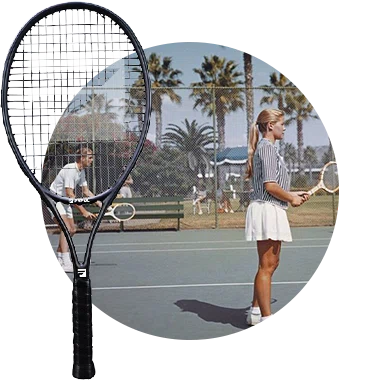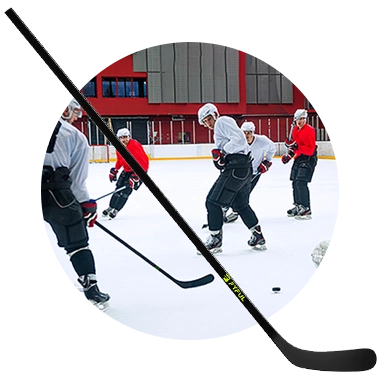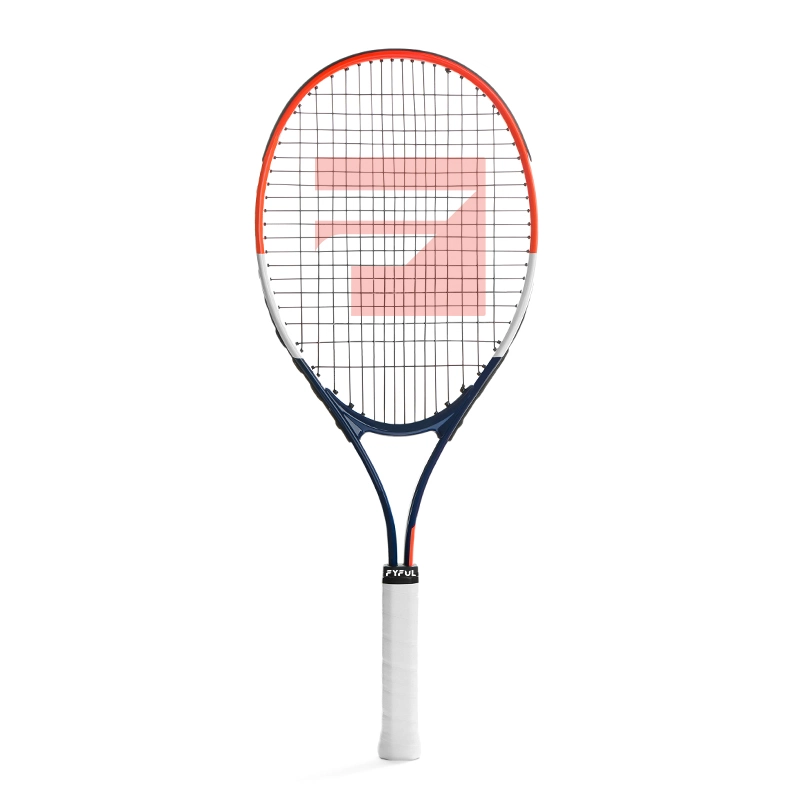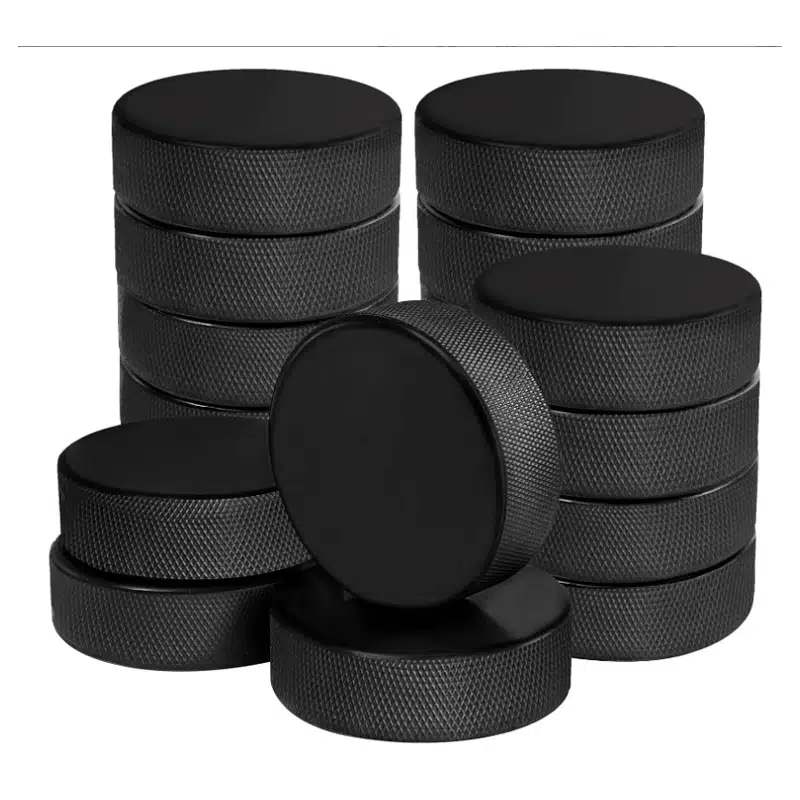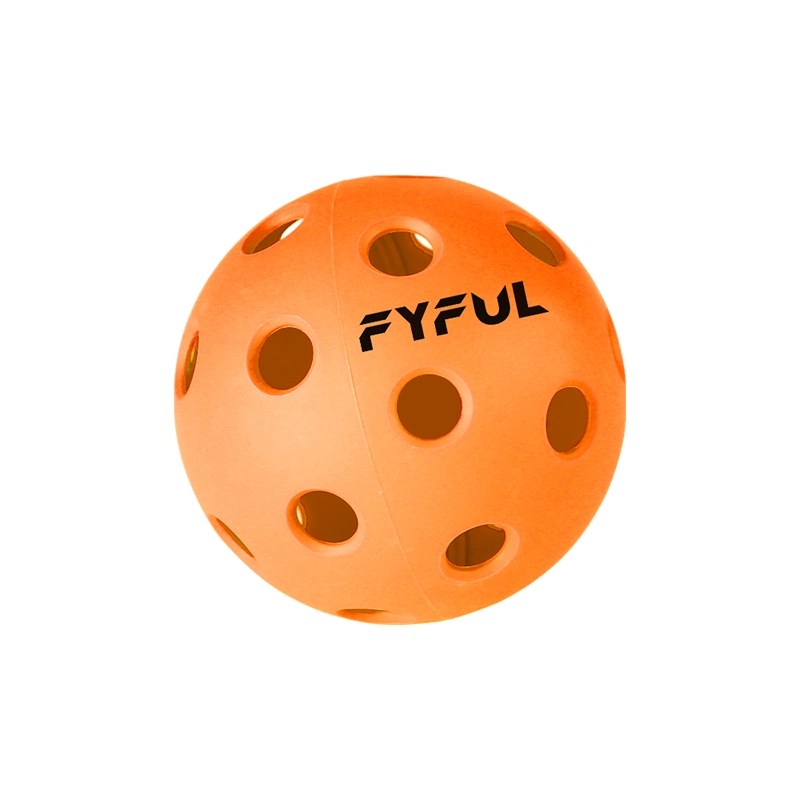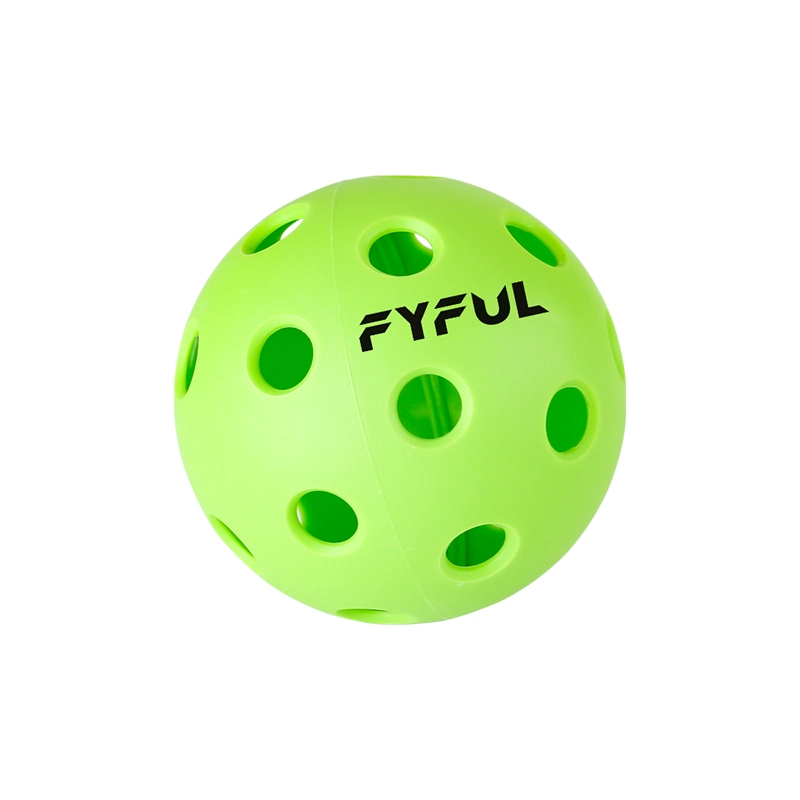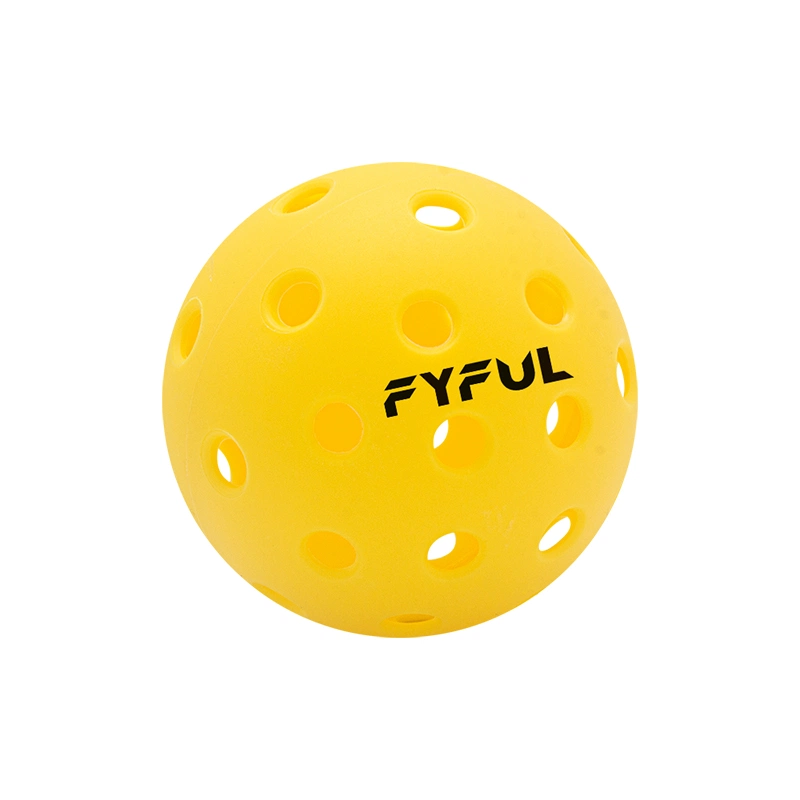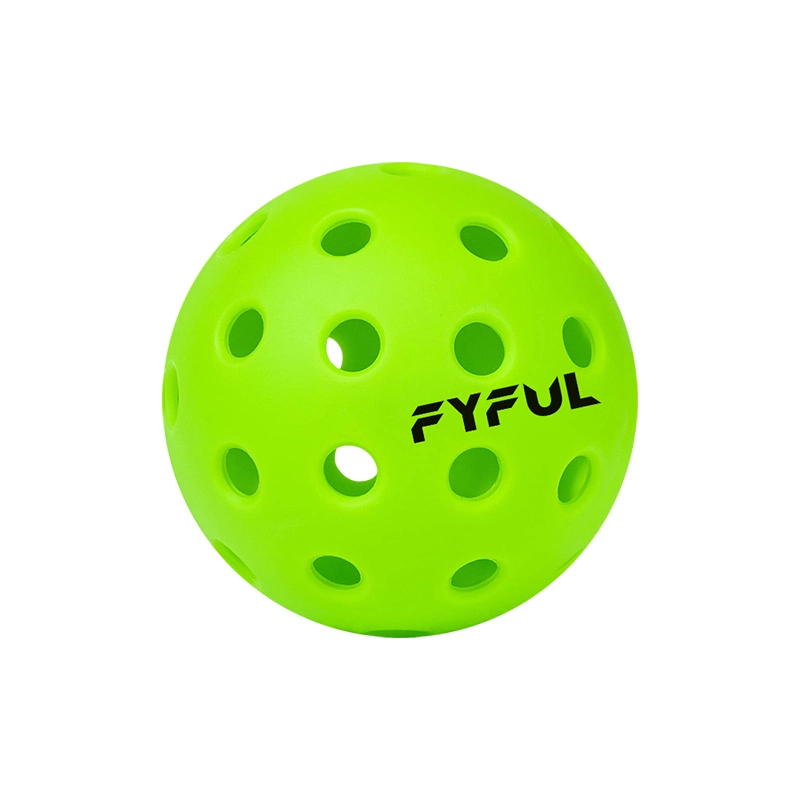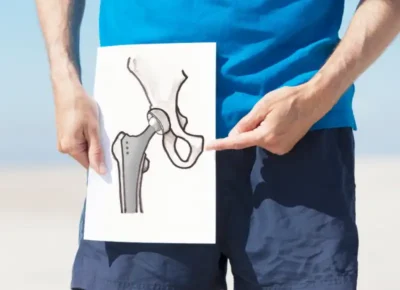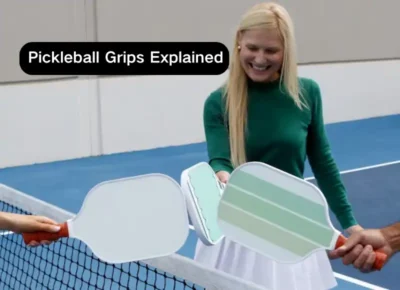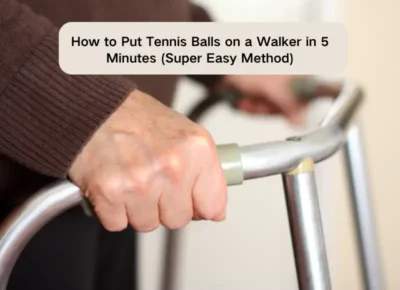If you’re transitioning from tennis to pickleball—or managing court setup for both sports—understanding pickleball vs tennis net height is critical. While tennis and pickleball share some surface similarities, their net systems differ significantly in structure, height, and installation approach. Treating the two as interchangeable can lead to a poor gameplay experience and non-compliant court conditions.
Let’s break down the technical differences between pickleball vs tennis net height, what types of net systems are suitable for each, and practical advice for buyers planning new or converted installations.
1. Official Height Comparison: Pickleball vs Tennis Nets
According to the USA Pickleball rulebook:
- Pickleball net height is 36 inches at the sidelines and 34 inches at the center.
For tennis:
- Tennis net height is 42 inches at the posts and 36 inches at the center.
So, in the pickleball vs tennis net height discussion, tennis nets are taller overall—especially at the posts. This height variation impacts not just the game, but also the hardware compatibility for net systems.

pickleball vs tennis net height
2. Different Net Systems for Different Sports
Pickleball nets, on the other hand, are more frequently designed as portable systems with steel frames and center supports. These allow easy setup and takedown and are ideal for community centers, shared courts, or OEM buyers who cater to fast-growing casual markets.
When comparing pickleball vs tennis net height, it’s important to also compare structural expectations. A tennis net system retrofitted for pickleball often lacks portability, correct height adjustment, and ease of replacement.

Different Net Systems
3. Why Net Height Affects Gameplay
The height difference directly shapes gameplay style:
- A lower pickleball net height allows for quicker exchanges and low shots, enabling strategic dinks and volleys.
- A taller tennis net suits high-velocity groundstrokes and serves.
Using the wrong net height (or structure) for pickleball can reduce shot accuracy, increase player fatigue, and make the game feel unnatural. This is especially relevant for multi-use facilities trying to serve both sports on shared surfaces.

Net Height Affects Gameplay
4. Converting Tennis Courts to Pickleball Courts
Many parks and clubs convert tennis courts for dual use. But in the pickleball vs tennis net height context, net hardware needs careful attention:
- Tennis net posts are fixed and not height-adjustable
- Even with a center strap, tennis nets don’t always hit the 34″ pickleball center spec
- Installing a separate portable pickleball net system is often the most practical and compliant solution

Types of Pickleball Net
5. Permanent vs Portable: Which Is Better?
While some private clubs may install permanent pickleball posts, portable pickleball nets are the preferred option for most OEM clients and facility managers.
Advantages of portable systems:
- Easy to store and move
- Pre-calibrated to correct pickleball net height (36″ at sides, 34″ center)
- No conflict with existing tennis infrastructure
This makes portable nets ideal when balancing pickleball vs tennis net height on shared courts.

Permanent vs Portable Net
6. Final Buyer Tips
When sourcing net systems, buyers should:
- Choose separate nets for each sport
- Avoid multi-use nets unless height is fully adjustable and regulation-compliant
- Provide court setup guides for contractors to ensure the correct net height placement
For facilities operating shared-use courts, clarity in pickleball vs tennis net height ensures your end users don’t experience performance or safety issues.
Summary: The differences in pickleball vs tennis net height go beyond measurement—they affect installation, portability, and gameplay itself. Portable pickleball net systems are often the best choice for buyers who value flexibility and compliance. Whether you’re outfitting schools, clubs, or public courts, knowing the net height requirements for each sport ensures your courts are safe, legal, and player-ready.


